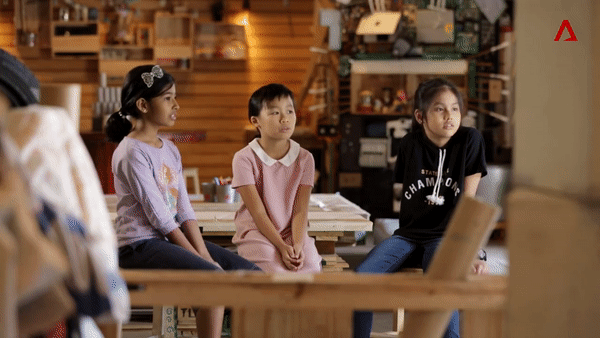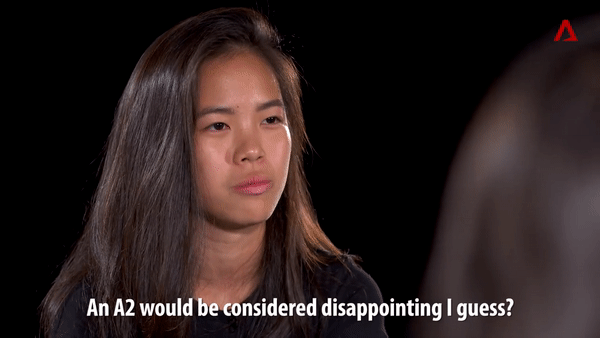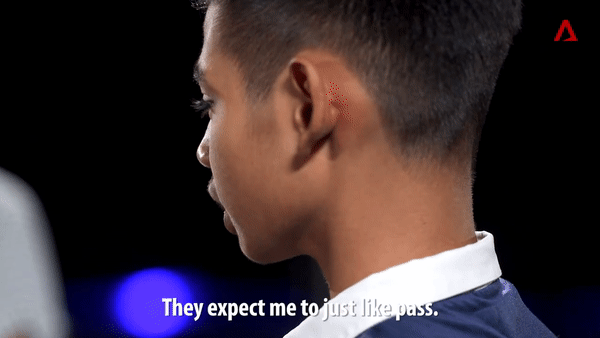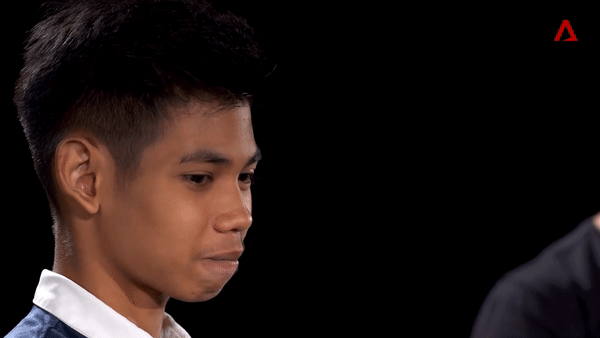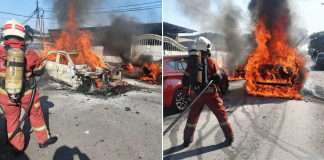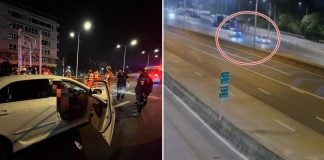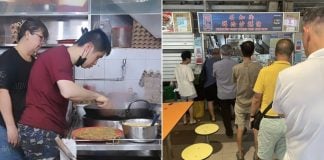The Class Divide Only Gets Worse In Our Schools
“If you have the most expensive things, you’re the most popular also.”
This is how one lower primary student feels about the rich and the poor in her school. So what exactly was “expensive” to the student?
Smiggle pencil case, Smiggle bag, whatever Smiggle.
Commenting on this, Dr Janil Puthucheary — head of OnePeople.sg — noted the stark differences from his own childhood. As a child, his social groups were formed based on one’s athletic capabilities.
But things today are very different.
Primary school children today group themselves based on the wealth of their families–a worrying trend that highlights the rising class divide in Singapore.
#RegardlessOfClass survey
This interview was conducted as part of the #RegardlessOfClass survey–a collaboration between OnePeople.sg and Channel NewsAsia.
Their aim?
To discover what Singaporeans felt was the likeliest cause for a social divide here.
According to survey results, as many as 50% of respondents indicated that income inequality was the likeliest to damage Singapore’s social fabric.
This was a sharp contrast to other factors like race and religion, which was only indicated by roughly 20% of the participants, each.
A 48-minute long documentary complementing survey has also been released, which can be watched here.
Pocket money is a key indicator, too
In addition to pencil cases and bags, pocket money appears to differentiate the rich from the poor in primary school.
In the documentary, 3 lower-primary students were asked how much allowance they receive.
Another girl was clearly envious when she heard that another got $4 a day.
Secondary school’s worse
Some people might find it disturbing that material objects are causing a divide in primary schools, but it only gets worse as they transition to secondary school.
In secondary schools, the divide between students is driven by intellect and grades.
Secondary school students from different educational tracks were also brought together in the documentary:
- 3 Integrated Programme (IP) students
- 1 Normal Academic (NA) student
- 2 Normal Technical (NT) student
They were first asked about their academic expectations.
IP students answered that they normally expected As. One even went as far as saying that A2 was a disappointing grade.
Students from other streams had lower expectations. This student from NT aimed to just pass his exams.
They were then asked about their interaction with students outside their streams.
One girl from the NA stream claimed she was called “stupid” by an Express student back in Secondary 1.
The comment had a profound impact on her, and she became more reclusive as a result.
Another boy from the NT stream said Express students are “quiet and neat”, a stark contrast to NT students, who “usually create chaos” in school.
One student from the NT stream also pointed out that students from the Express stream speak differently.
Because of this, he feels that,
They are high class and we are not.
The segment closed with a question about a mixed-class situation.
NT students in the group were supportive of the idea, saying it would help if students from higher streams were eager to coach them in their studies.
One girl from the IP stream had a different opinion. Here’s what she said,
I personally feel that a mixed class suggestion may not be very viable in terms of closing the gap, it might even increase the gap if these students do not feel like they can’t cope, so they just give up completely.
The previous NT student’s eyes teared up upon hearing that.
Class divide in the workforce
Given the extent of the class divide in our education system, its existence in the workforce really shouldn’t come as a surprise.
This was highlighted in the documentary, which also featured people working in jobs commonly perceived as “low class”, like security guards and cleaners.
One security guard shared how he was verbally abused by residents at the condominium he was working at.
He was called “useless security” and “stupid security” when the condo barrier wasn’t properly opened.
While this got to him when he was new to the job, he has now gotten used to it since it’s a common occurrence.
The documentary has sparked a lively debate online about the class divide in Singapore. But if the comments are anything to go by, finding a solution to the problem isn’t going to be easy.
Featured image from Channel NewsAsia.

